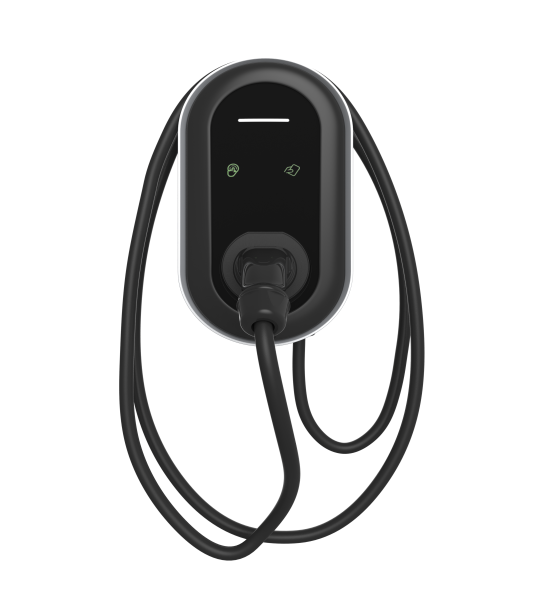What are you looking for?
The charger is an accessory of electric car, which is a device to replenish electric power to the battery. It can meet the needs of electric car electricity, and produce protection for the battery, effectively prolonging the service life of the battery. The charger of electric vehicle generally adopts switching power supply charger, which is divided into two stages charging mode and three stages charging mode.
The two-stage charging mode is constant voltage charging, which divides the charging process into two charging stages of constant current and constant voltage, and the charging current gradually decreases as the battery voltage rises. When the battery power rises to a certain degree, then turn to constant voltage charging, so that the voltage in the battery rises slowly, when the battery voltage reaches the charging termination voltage of the EV car charger (different charging modes, the voltage is different, the termination voltage of multi-stage charging mode is generally 41.4V, constant voltage charging mode is generally 43.8~44.4V), then turn to trickle charging, i.e. floating charging, which can effectively protect the battery and extend the service life of the battery. Electric vehicles generally use three-stage charging.
The electric car charger is independent from the electric car. The charger is a device to replenish the battery with electrical energy. The charger has a direct impact on the life of the battery and the normal operation of the electric bicycle. There are different types of ev chargers used in electric bicycles, and the charging methods of each type are different, but the working principle is more or less the same.
Charger charging is the process of charging the battery after it has been discharged, and passing the battery with direct current in the opposite direction of the discharge current, so that the electrical energy is converted into chemical energy and stored in the battery to restore its working capacity. There are two ways to charge the battery: constant current charging and constant voltage charging. The charging voltage of the battery must be higher than the total electric potential of the battery. The charging method mainly varies in different EV car charger manufacturers, which is: the negative terminal of the battery is connected to the negative terminal of the power supply, and the positive terminal of the battery is connected to the positive terminal of the power supply.

As for the ev charger working principle, the EV charger is mainly composed of plastic shell, output plug, input plug and so on. There is an indicator light on the charger, which is used as power indication and charging indication at the same time. When using the charger, first plug in the charging output plug, and then plug in the input plug for charging. Battery charging is not randomly connected to the power supply can be charged, such as AC power does not become DC power can not be charged, the voltage and current size is not appropriate can not be charged, can not be overcharged, etc., these need the charger to complete.
There are two structural forms of chargers: one is a transformer-type ordinary charger, the other is a switching power supply charger, two chargers each with different characteristics. Current electric vehicles generally use switching power supply chargers, which are mainly composed of switching transformers, transistors, control integrated circuits and other internal components. The charger with switching power supply technology has a wide range of applications, suitable for both lead-acid battery charging and lithium battery charging, and has a wide range of input voltage (AC 100~240V), output overvoltage protection, only anti-reverse connection, can be a long time short circuit, using intelligent three-stage charging and other characteristics.